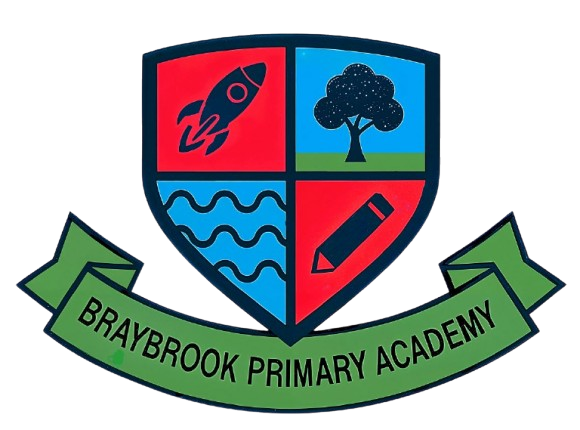February 2023
Just before the end of half-term, we embarked on our second visit during Passport to the World. We visited China, and we incorporated our Design and Technology unit - 'Food: Come Dine With Me. Here, we carried out research; designed a suitable three-course meal for our target audience and in line with the project purpose; understood how each 'hero' ingredient went from farm to fork; and prepared, tasted and evaluated our own cooking skills. We particularly enjoyed preparing spring rolls and they were very tasty!

